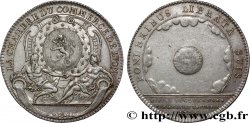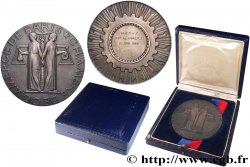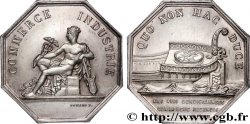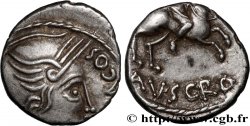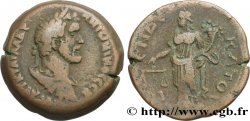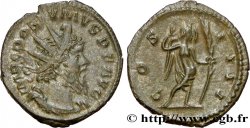fjt_633387 - CHAMBERS OF COMMERCE Chambre de commerce de Dieppe (Louis XV) 1758
120.00 €
Количество
Добавить в корзину

Тип Chambre de commerce de Dieppe (Louis XV)
Дата: 1758
Металл: silver
Диаметр: 28,15 mm
Ориентация осей монеты: 6 h.
Вес: 8,71 g.
Век: cannelée
Редкость: R1
Комментарии о состоянии
nettoyé
Ссылки в каталоге: :
Лицевая сторона
Аверс: легенда: LUD. AMATISS. ÆQUI ARBITER.
Аверс: описание: Buste de Louis XV à droite avec une légende très particulière, type Guéant Prieur 636A.
Аверс: перевод: Louis le Bien-Aimé arbitre de la Justice.
Обратная сторона
Реверс: легенда: LIBRATIO CELER ET AEQUA À L'EXERGUE : LES PRIEUR ET JUGES CONSULS DE DIEPPE 1758.
Реверс: Описание: Allégorie de la Justice tenant un rameau et une balance, assise à gauche.
Реверс: перевод: Sa pesée est rapide et égale.
Комментарий
Buste exceptionnel à la légende très particulière qui a certainement été gravé spécialement pour cette Chambre de commerce. Feuardent ne cite pas ce buste dans ses planches mais le cite dans le texte comme étant un buste varié
Les juridictions consulaires remontent à Henri II. Dans ces lieux de réunions, les marchands élisent entre eux un prieur et deux juges-consuls qui règlent en première instance les problèmes entre négociants. Les juges-consuls ou juges des tribunaux de commerce sont établis par un édit de 1563. Ils étaient souvent d’anciens consuls (officiers municipaux) d’où leur nom. Au XVIIIe siècle, les juges-consuls jugeaient souverainement jusqu’à 500 livres (au-delà, l’affaire relevait des Parlements) Les commissaires étaient hiérarchisés en Prieur, Président, Juges Consuls, assistants, et éventuellement un Procureur Syndic avec des négociants représentants chaque corps de métier.
Les juridictions consulaires remontent à Henri II. Dans ces lieux de réunions, les marchands élisent entre eux un prieur et deux juges-consuls qui règlent en première instance les problèmes entre négociants. Les juges-consuls ou juges des tribunaux de commerce sont établis par un édit de 1563. Ils étaient souvent d’anciens consuls (officiers municipaux) d’où leur nom. Au XVIIIe siècle, les juges-consuls jugeaient souverainement jusqu’à 500 livres (au-delà, l’affaire relevait des Parlements) Les commissaires étaient hiérarchisés en Prieur, Président, Juges Consuls, assistants, et éventuellement un Procureur Syndic avec des négociants représentants chaque corps de métier.







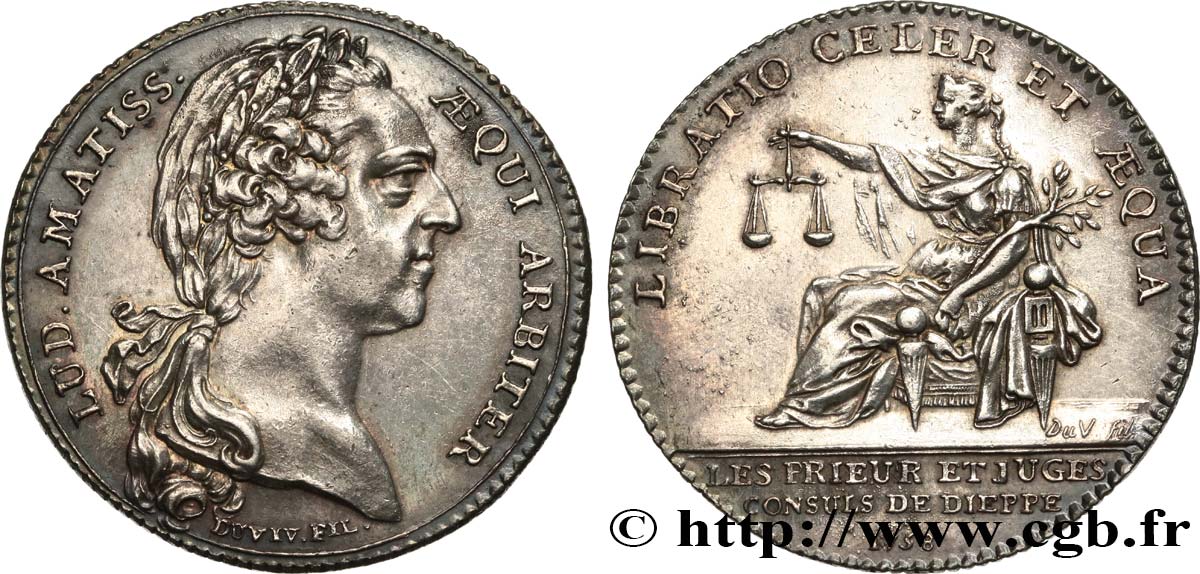
 Cообщить об ошибке
Cообщить об ошибке Распечатать страницу
Распечатать страницу Отправить мой выбор
Отправить мой выбор Задать вопрос
Задать вопрос Consign / sell
Consign / sell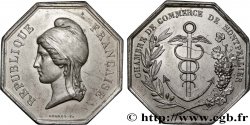
 Информация
Информация